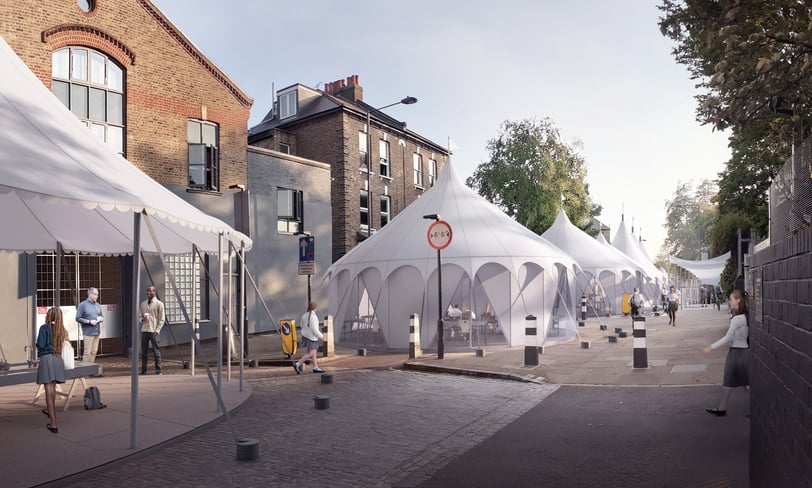Rethinking Urban Spaces: How Architecture is Adapting to the Post-Pandemic World
ARCHITECTURE
Hakan Kemal
6/22/20242 min read


The COVID-19 pandemic has fundamentally changed how we think about and interact with urban spaces. As cities around the world begin to recover and adapt, architects are reimagining the future of urban design to meet the evolving needs of society. This shift towards more flexible, resilient, and health-focused designs is shaping a new era in architecture.
Flexible and Adaptive Spaces
One of the most significant changes in architectural design post-pandemic is the emphasis on flexibility. Buildings and public spaces are now being designed with adaptability in mind, allowing them to be easily reconfigured for various uses. This trend is evident in the rise of modular buildings and multi-functional spaces that can quickly adapt to different needs, such as transforming office spaces into residential units or repurposing public areas for social distancing measures.
Health and Well-Being at the Forefront
The pandemic has heightened awareness of the impact that built environments have on our health and well-being. Architects are now prioritizing designs that promote physical and mental health. This includes incorporating more natural light, improving indoor air quality through advanced ventilation systems, and creating green spaces that encourage outdoor activities. Biophilic design, which integrates natural elements into architecture, has gained traction as a way to enhance well-being and reduce stress.
Smart Technology Integration
The integration of smart technology into architectural design has accelerated in response to the pandemic. Buildings equipped with touchless technologies, such as automatic doors, voice-activated elevators, and smart home systems, help reduce the spread of germs and enhance convenience. Additionally, smart sensors that monitor air quality, occupancy levels, and energy usage are becoming standard features in modern buildings, contributing to safer and more efficient environments.
Sustainable and Resilient Design
Sustainability remains a critical focus in contemporary architecture, with an increased emphasis on resilience. Architects are designing buildings that not only minimize environmental impact but also withstand future crises, whether they are health-related, environmental, or social. This includes using sustainable materials, implementing renewable energy sources, and designing buildings that can adapt to changing climate conditions.
Community-Centric Urban Planning
The pandemic has underscored the importance of community and social interaction. Urban planners and architects are now focusing on creating inclusive, community-centric spaces that foster social connections and support local economies. Pedestrian-friendly streets, accessible public spaces, and mixed-use developments that combine residential, commercial, and recreational areas are becoming more common, promoting a sense of community and enhancing urban livability.
Architectural Innovations in Action
Several recent projects exemplify these trends. For instance, the newly completed Horizon Tower in Tokyo features flexible office spaces that can be easily converted into co-living units, a rooftop garden that enhances urban biodiversity, and state-of-the-art air purification systems. Similarly, the Green City initiative in Copenhagen aims to create a network of sustainable, resilient neighborhoods with abundant green spaces and integrated smart technologies.
Architect’s Perspective
"Architecture today must respond to the complex challenges posed by the pandemic and beyond," says renowned architect Maria Gonzalez. "We are witnessing a paradigm shift where flexibility, health, sustainability, and community are becoming the core principles of design. This transformation is not just about adapting to new realities but about creating a more resilient and inclusive future for our cities."
Looking Ahead
As we navigate the post-pandemic world, architecture will continue to evolve, driven by the lessons learned during this unprecedented time. The focus on creating adaptable, health-oriented, sustainable, and community-focused spaces will shape the cities of tomorrow, ensuring they are better prepared for future challenges.
For more insights into the latest trends and innovations in architecture, stay tuned to Tinge Magazine.
